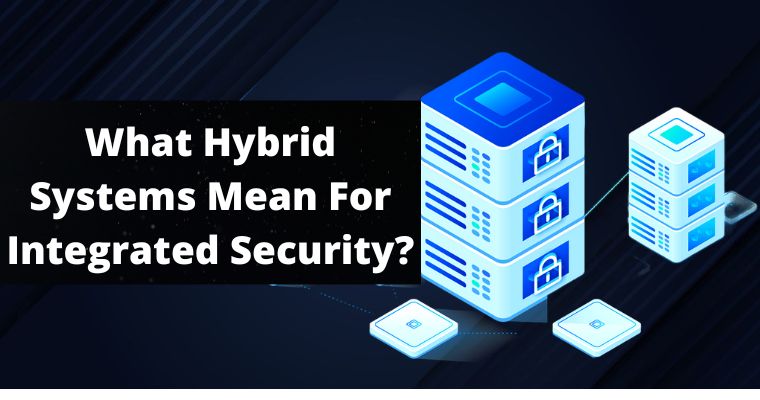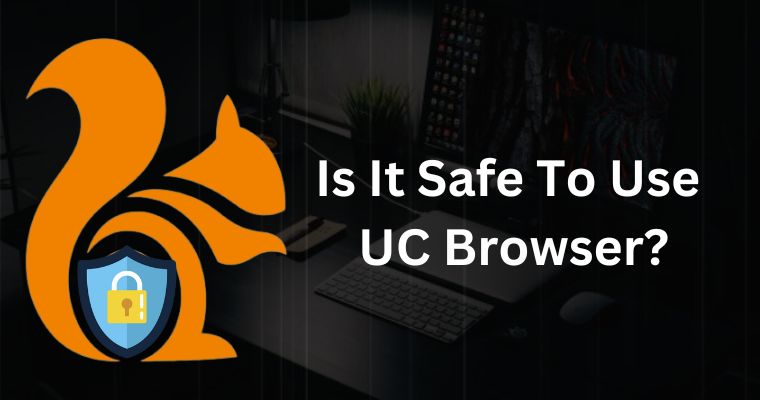Cloud-based security technologies are becoming increasingly popular in the security sphere – but what of hybrid systems? Combining both on-premise and cloud-based systems has its benefits for an integrated security system.
Want to learn more about what a hybrid security system can offer your business?
Keep reading as we discuss how hybrid systems can keep security operational during system downtime, keep security data unified on a single platform, and more!
Table of Contents
Using Hybrid Systems As A Failsafe
With a hybrid system, you gain the benefits of both cloud-based and on-premise systems. To help you understand why this is such a beneficial combination, let’s first explore the advantages and disadvantages of both cloud-based and on-premise systems.
Here are some of the advantages of a cloud-based security system:
- Remote management of security tools – if you have a cloud-based system, you can remotely operate security tools such as access control door locks, unlocking and locking doors from anywhere for more agile security.
- Open API integrations – cloud-based security allows security professionals to integrate security tools or apply software integrations to improve and enhance the function of their existing security investments.
- Increased storage – with a cloud-based security system, security teams can continuously expand their secure storage without a high need for server storage space.
- Scalability – with a cloud-based security system, security professionals can use wireless communication to eliminate the need for complex wiring systems, making security more scalable.
There are, however, a few drawbacks to using a cloud-based security system:
- System downtime – a cloud-based system operates using cellular communication and wifi, meaning that security operations could falter with system downtime.
- Cybersecurity – when storing security data in the cloud, there is an increased need for cybersecurity protection.
On-premise systems were popular before the rise of cloud-based technology and were once the standard for security systems. Here are some of the benefits of an on-premise system:
- No downtime – with an on-premise system, you can use backup generators to keep your security operations running during blackouts and network issues.
- No need for cybersecurity – if you had an on-premise system, cybersecurity threats would not be able to access your security data via the cloud.
And here are some of the drawbacks of using an on-premise security system:
- Complex wiring systems – with an on-premise system, you need to employ an installation expert to design complex wiring systems, making your solution more complicated to scale to your business needs.
- Maintaining and storing servers – with an on-premise system, you must allocate space for server rooms and devote time and resources to sustain them.
With a hybrid system, you get the benefits of both systems working together to eliminate the drawbacks. And, in the event of a natural disaster, cyberattack, or system error, you will have your on-premise system as a failsafe and security backup.
One Single Source Of Truth For Security Data
When you invest in a cloud-based or hybrid security system, you benefit from having a single source of truth for all security-related data. You host your security information on several disparate platforms in a purely on-premise system.
Instead of accessing all your security information on a single forum, you’ll need to correlate timestamps on data from different sources to analyze and compare data.
Additionally, since the information is stored in different places, you will experience data silos between your security systems, like access control and video security.
School security professionals are adopting cloud-based and integrated access control and video security for identity verification.
One of the critical vulnerabilities in an access control system is the potential for an unauthorized user to steal access credentials and use them to enter the school without triggering an alarm.
By integrating ONVIF security cameras with access control, they can quickly identify these incidents and improve project management by making information more accessible.
Real-Time Updates
If you employ a hybrid security system, you can create a more agile security response procedure. Security professionals have many duties to attend to on-site and need a way of keeping informed about security happenings.
With cloud-based hybrid systems, security professionals can receive alerts on their mobile devices to let them know when a security alarm or system is triggered.
ONVIF-compliant systems allow security professionals to integrate all security tools, ensuring that they always work with relevant and up-to-date information for security information.
Enriched Data From Different Platforms
By integrating different security tools and unifying security data, security professionals can leverage this data to inform their decision-making and improve project management.
For instance, if you triggered an alert on the access control system, they could easily view access logs and video surveillance from anywhere to identify any need for manual intervention or security response.
Summary
If you’re looking to improve your security operations and invest in a new security system, you should consider the benefit of a hybrid security system. You can gain all the benefits of a cloud-based system while still having the backup capacity of on-premise systems.
Switching to a hybrid security system will present a more user-friendly and accessible experience for your security teams.





